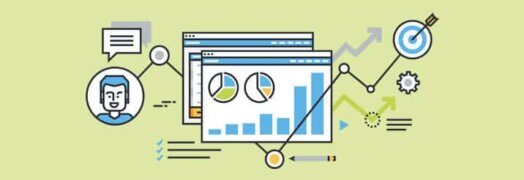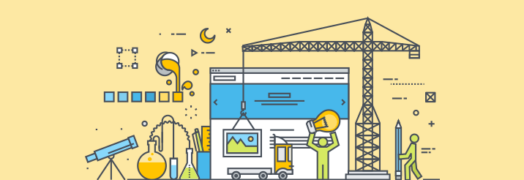FAQ on B2B web design for AI/ML companies
How much do B2B web designs for AI and ML firms cost?
Where can I see examples of compelling B2B websites examples for AI and ML firms?
How long does the B2B website design and build process for AI and ML firms take?
What can I expect from your B2B website design process?
What can I expect from my new B2B AI or ML website?
Who from my team should I involve in a B2B AI or ML web design project?
What to include in B2B website design for AI and ML businesses
Products or solutions page(s)
It’s crucial to create individual website pages for each main product, platform, or solution that details all the benefits, capabilities, and specifications or integrations. After the homepage, products and solutions pages are typically the most trafficked pages on a B2B website for AI and ML firms. These pages educate the visitors about how your AI or ML solution works and benefits your customers. In many cases, you will have a main product or solutions page with subpages for features or use cases for your AI or ML platform.

Applications or use cases
These pages clearly describe how existing clients are using your product or solutions. Applications and use cases address specific needs or challenges your clients are facing and show prospects how and why clients are using your solutions or products to solve those issues.

Industry pages
For many AI and ML firms, the B2B sales process is long, complex, and includes a variety of decision-makers in the client organization. The more complex the AI or ML solution or product you provide, the longer the evaluation part of the buying process takes and the more people are involved. Pages designed and written to address the industries your firm works with should speak directly to each of the stakeholders in the organization. Your AI or ML product or solution has unique benefits to every end-user, so you want to have a web page that addresses them all. Even if the message on each industry page is similar, it shows the end-user and decision-makers that you “get” their needs and builds trust in your AI and ML technology or solution.

Integrations or specifications
For many AI and ML solutions providers, the product or platform is part of a larger technology stack. Prospects want to know how your AI or ML product or platform fits into their existing tech ecosystem. For AI and ML products and platforms, it’s crucial to list technical specifications so IT teams understand how your solution will impact the company’s existing software and hardware. These pages are an opportunity to educate buyers on how your solution or product is different from other solutions or products currently on the market.

Resources + case studies
You know your AI or ML technology or service offering forwards and backwards, but your audience likely doesn’t. By dedicating a section of your website to resources and case studies that showcase results clients are seeing with your solution, your prospect has a clearer understanding of how you work with customers. An organized resource center that includes a mix of content like blogs, whitepapers, ebooks, webinars, and videos will educate your audience and appeal to stakeholders at all levels of a prospect’s organization. B2B buyers typically do tons of digital research on AI and ML products, so having this type of content available ensures you are the main resource for their competitive research.

Company or About pages
As AI and ML solutions become more soughtafter, even in emerging markets, the competition will become more intense. A company or about page on your B2B website shares information about your company, builds credibility, and provides an opportunity to showcase the thought leaders behind your solution or product. Potential buyers want to know who is behind your AI or ML technology and why they should trust your solutions, particularly if you are a first-mover or startup in your field.

Request a demo CTAs
Once visitors learn a bit about your product or solutions, they’ll need to see how it works. We aren’t talking about the behind-the-scenes or proprietary information on your AI or ML solution, but that actual working application. When your prospect is ready to request a demo, a call-to-action makes it easy for them to take that step. As conversion experts, we recommend including several CTAs on your website that are well-placed and easy to find.

B2B AI and ML lead handling
The first step in B2B lead generation for AI and ML companies is attracting your target buyer to your website.
Step two is getting them to convert from a website visitor to a prospect by encouraging them to request a demo or contact your team. Achieving success at this initial step requires continual work and refinement. Even though your B2B website attracts and converts prospects, many AI and ML companies struggle with lead handling and management.
We’ve put together effective B2B lead handling practices for AI and ML firms
Test web forms regularly
Before you can work a lead, you need to be confident that all potential leads are getting through. A good practice is to simply test your website forms each month to confirm they are working and leads are ending up where you expect them to be (in your CRM, WordPress database, or email inbox).
Check your junk email
Even when forms are working, it’s not uncommon to see real form submissions end up in your junk email folder. We recommend chatting with your IT team to ensure all email form senders are marked safe in your email system. While this can make a big difference, it’s not a complete solution. As such, you should be checking your junk email folder daily to see if any leads ended up there.
Standard 1-business day response time
At a minimum, all leads should have a response within one business day, but it’s ideal to respond within the hour. Responding quickly to a lead gives you a “first mover advantage” in the buying process and allows you to guide the buying process for the prospect. Taking this advantage ensures your AI or ML solution is the standard by which the prospect gauges all competition. It also gives you the power to lead the sales discussion rather than respond to questions provided by a competitor.
Every email must include quality content
Each email you send to a lead is an opportunity to solidify the credibility of your AI or ML solution or product. Every email sent during the nurturing phase should include a blog post, a use case, a third-party article about your solution, a client testimonial, or a whitepaper. These content pieces reinforce why your AI or ML solution is the best fit for them.
Nurture leads using calls, emails, Zoom + direct mail
Almost 90% of lead nurturing is done via digital communication. However, it helps you stand apart from your competition if you mix it up and incorporate phone calls and direct mail. Sending a direct mail piece with a few pieces of premium content or guides sets you apart from competitors. Continue building the relationship with a quick check-in call from time to time. A prospect regards how you treat them during the sales process as a preview of your firm’s customer service experience.
Get commitments with incentives
Incentives work to get prospects to close a deal. When needed, offering a discount or other incentive for a timely commitment can nudge a buyer toward signing an agreement. As the B2B sales cycle for AI and ML companies selling to other businesses can range from months to years, it’s crucial to brainstorm with your team on what you can offer prospects to decide sooner.
The environment for AI and ML companies is rapidly changing with new competition hitting the market every day. By starting with a B2B website design that incorporates SEO and conversion rate optimization (CRO), your AI or ML company is that much closer to securing more deals. The second half of the lead management process is being timely, responsive, and thoughtful about getting commitments from prospects and providing them everything they need to make a decision.
Let’s talk about your project
Get in touch to chat about how we can help you build a better B2B brand. Don’t be shy. We’re great listeners, and even better problem-solvers.




